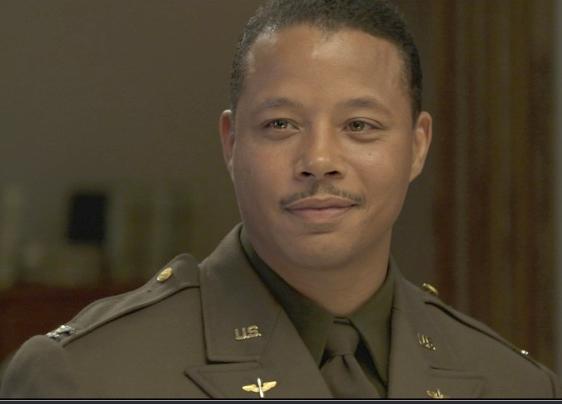Red Tails

In many ways, Red Tails could be considered the World War II movie that never got made. A throwback to war films of the 1950s, it centers on an elite squadron of African-American pilots, the Tuskegee Airmen, and their opportunity to fight. Making racism a mere backdrop with a focus on the men and their experiences, the film is less interested in laying on white guilt than in making sure the story is told, since it never would have been in a past era. In doing this, however, producer George Lucas and director Anthony Hemingway concurrently create a somewhat bland and archaic piece of cinema that, despite its distinguished retro aesthetics, doesn’t totally work.
The film, written by John Ridley and Aaron McGruder, takes a holistic approach to mimicking films of the old-fashioned war genre. With melodramatic acting, slow pacing and a matinée-like quality, Red Tails establishes itself as intentionally outdated. More specifically, the actors don’t just recreate the Tuskegee Airmen; they recreate the actors who would have played them over half a century ago. This aesthetic choice differentiates the film from being yet another modern period piece, which doesn’t bode well for it come awards season but speaks volumes in terms of innovation.
That said, the technique proves a two-edged sword. Visually, it flourishes. The washed-out color palate of Hemingway and cinematographer John B. Aronson gives the film a vintage look, which gets further stylized by the sappy score of Terence Blanchard and the grandiose scenery of Central Europe. Hemingway also brings this style to the air in several epic dogfights between the Americans and Nazis. Shot with a true sense of scope, these visually striking action sequences invoke specific moments of both John Wayne’s Flying Leathernecks and Lucas’ Star Wars series, giving Red Tails a notable lift.
-

-

-

-

-

-

-

-

-

-

-

-

-

-

-

-

-

-

-

-

-

-

-

-

-

-

-

-

-

-

-

-

-

-

-

-

-

-

-

-








































